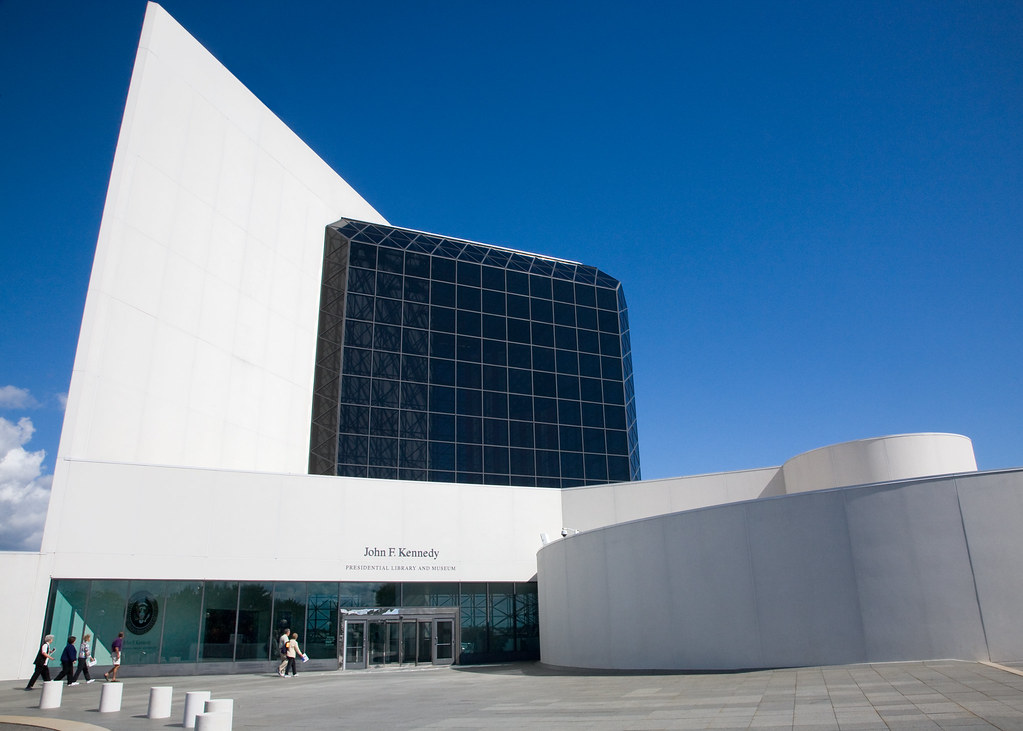
At Authors Alliance, we speak out in favor of policies that make knowledge more discoverable and accessible for authors and the public. While our work is often within the realm of copyright, there are other, less obvious ways that the law helps make knowledge discoverable. In the United States, the custom of preserving presidential papers in so-called presidential libraries has led to the archiving of millions of valuable documents. Presidential libraries are veritable treasure troves, containing archives of presidents’ correspondence, documents, gifts, and more, and are by custom located in former presidents’ home states. Presidential papers can be excellent sources of research for authors, and, as we round the corner on Presidents’ Day, recent moves to make presidential papers more accessible to the public are worth celebrating.
History of Presidential Libraries
For the first 150 years of U.S. history, presidential papers and effects were considered to be the private property of the president, and remained so after he had left office. But in 1938, Franklin Delano Roosevelt proposed the concept of the presidential library after deciding he wanted to give his presidential papers to the public to create an archive of his time in office and beyond. The result was a privately constructed, publicly maintained institution where the public could freely or cheaply access records from FDR’s presidency and his time in the public eye before taking office. A similar path was followed to establish Herbert Hoover’s presidential library. To codify this practice, Congress established the presidential library arrangement through legislation in 1955. The first Presidential Libraries Act gave the Administrator of the General Services Administration the authority to accept presidential documents for preservation as well as receiving land, buildings, and equipment necessary to maintain and run the library. These arrangements allowed for the libraries to be substantially privately funded yet run by the government.
A variety of subsequent laws strengthened the Presidential Library system. Beginning with the Reagan administration, two important laws related to government transparency—the Freedom of Information Act and the Presidential Records Act—worked together to make presidential papers the property of the public and make the records available to anyone who requested access after the president has left office (with certain limited exceptions for national security and similar issues). Presidential papers are presumptively open to the public after the administration has left office, and bound hardcover volumes of unclassified presidential papers are even available for purchase from the government.
Today, the nation’s presidential libraries are operated by the National Archives and Records Administration’s Office of Presidential Libraries, in partnership with a variety of public and private institutions like universities and foundations. While the Presidential Records Act requires only that textual records from presidential administrations be made public, by custom presidents often donate works of art, gifts, and other artifacts to presidential libraries, as well as correspondence from their lives before taking office. For this reason, many presidential libraries contain or double as museums of that president’s life.
Early Presidential Papers
Efforts to preserve presidential papers from administrations pre-dating the Presidential Libraries Act have also bore fruit. For U.S. presidents from George Washington to Calvin Coolidge, innumerable presidential papers have been donated or sold to the Library of Congress, which is then responsible for their preservation. Separately, presidential museums and libraries for former presidents before Hoover exist across the country, though these are not organized pursuant to the Presidential Libraries Act or run by the federal government.
Because no law required these early presidential papers to be given to the government, some collections are housed in universities or museums, typically in those presidents’ home states: the historical papers of John Adams and John Quincy Adams are housed in the Massachusetts Historical Society, the historical papers of Millard Fillmore are held by the State University of New York at Oswego, the historical papers of James Buchanan are held by Penn State University, the historical papers of Rutherford B. Hayes are held by the Rutherford B. Hayes Presidential Library and Museum, and the historical papers of Warren G. Harding are held by the Ohio History Connection. The lack of a uniform procedure for presidential papers has unfortunately made some of these early documents less accessible or unavailable altogether—the majority of Zachary Taylor’s presidential papers were lost when his son’s home was destroyed during the Civil War, and Chester A. Arthur burned an unknown quantity of personal documents from his presidency the day before his death. The Presidential Records Act effectively prevents this loss of knowledge and culture from happening again by guaranteeing that presidential textual records are preserved and available to the public in the future.
Digitization and New Challenges
A next step in making presidential papers more accessible is digitizing the collections. It is not always feasible for researchers and authors to travel to presidential libraries to examine the papers in person, and the closure of most if not all of the presidential libraries due to the COVID-19 pandemic has only underscored the need for greater access to historical records. The Library of Congress finished a decades-long initiative to digitize the collections of the papers of early presidents held by the Library of Congress just last year, and the full collection is freely available online. With respect to the post-Coolidge government-sanctioned presidential libraries and the early presidents whose papers are housed elsewhere, efforts to digitize the collections have been mixed. But in recognition of the importance of making presidential papers freely available online, last year, the National Archives launched a presidential library “explorer” allowing the public to view and search through the digitized portions of the presidential library collections (though as of February 2021, only about 0.25% of the collection has been digitized).
While digitization efforts for presidential papers have been uneven, navigating the presidential library explorer and browsing through the collections of the Library of Congress reveal fascinating historical information for authors and curious Internet users alike. Browsing through the collections is not always straightforward, with records being disorganized even in digitized form and containing many dry and often poorly scanned letters and speeches. But when one digs a bit deeper, it is not hard to uncover records which reveal an intimate behind-the-scenes glimpse of these presidents’ times in office: a love letter from Woodrow Wilson to his wife, Ladybird Johnson’s favorite recipes to serve on the Johnsons’ Texas ranch, a letter from Disney to Richard Nixon asking him to appear on the the Mickey Mouse Club television show, and a photograph of Bill Clinton jogging in D.C. during the early days of his presidency, to name just a few.
Changes to the Presidential Library System
President Obama’s “presidential center” will be the first contemporary presidential library not established under the Presidential Libraries Act. The Obama Presidential Center, set to open in Chicago with construction to begin this year, will be entirely private, run by the Barack Obama Foundation, and will not house textual records from the Obama presidency at all. Instead, the Foundation, in partnership with the National Archives, will work to digitize the collection of textual presidential records that are the property of the public under the Presidential Records Act. The Obama Presidential Center will display “works of fine art, cultural artifacts, books, clothing, domestic furnishings, sporting equipment, and other materials that represent the era and accomplishments of the Obama Administration,” such as gifts from heads of state, rather than donating these to the public to be maintained by the National Archives, as presidents from Herbert Hoover to George W. Bush have done. The plan has been controversial, but financial changes to the arrangement between the National Archives and the private foundations that pay to build these libraries have made operating presidential libraries less financially viable for the private institutions. Regardless, the Obama presidential papers remain the property of the public, and his presidential center has framed the end product of digitization as “the first fully digital presidential library.”
It is unknown whether President Trump will have a traditional presidential library, or even a private presidential center as Obama plans to build. The National Archives launched a placeholder website for President Trump’s presidential library or center, but has noted only that it will maintain his collected presidential papers (as required by the Presidential Records Act). And a recently-launched sophisticated parody website for the Trump presidential library, designed by a New York based architect who purchased the domain name the very week President Trump was elected, has garnered attention in the meantime.
Presidential Records and Authorship
The presidential papers are intended to be a source of information for historical researchers, and are invaluable source material for a variety of books, films, and other research projects. In proposing the first modern presidential library (prior to the passage of the Presidential Records Act), FDR said that he sought to take the advice of historians which advised him not to break up his collection of papers, but dedicate it in whole to the public, “because, so often in the past, Presidential papers and other public papers have been culled over during the lifetime of the owner, and the owner has thrown out a great deal of material which he personally did not consider of any importance which, however, from the point of view of future history, may have been of the utmost importance.” Presidential libraries “preserve the raw materials that constitute our nation’s history,” creating invaluable information for authors desiring a unique perspective American history, including matters of diplomacy and conflict.
Historian Robert Caro described his experience conducting research in the “forty thousand boxes” of documents in the Lyndon B. Johnson archives as interminable but incredibly illuminating. Caro was able to trace LBJ’s ascension from a junior member of the House of Representatives to a massive fundraiser and later a successful presidential candidate by paging through numerous memos, letters, and speeches, producing an acclaimed and groundbreaking biography of the former president.
Today, with the digitization of presidential archives, the possibilities for scholarship are tremendous. Authors desiring an intimate and unique portrait of former presidents who are willing to browse through stacks—both physical and virtual—would be wise to peruse presidential libraries and archives, which, as the Caro example above shows, can yield new insights decades or centuries later.
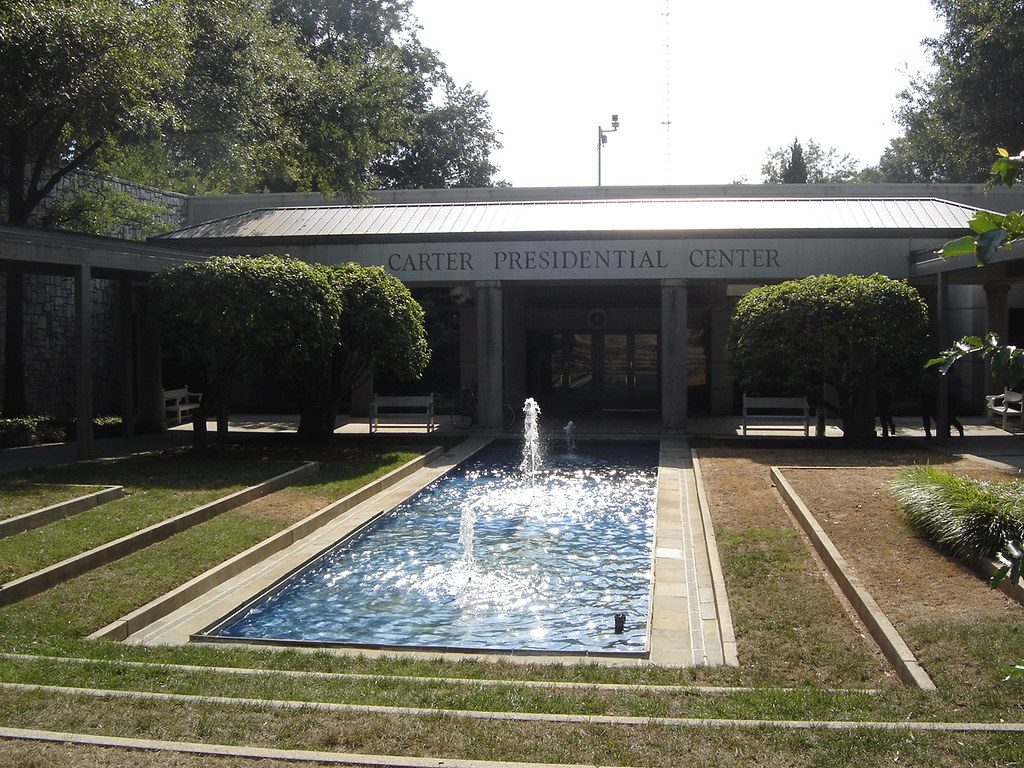
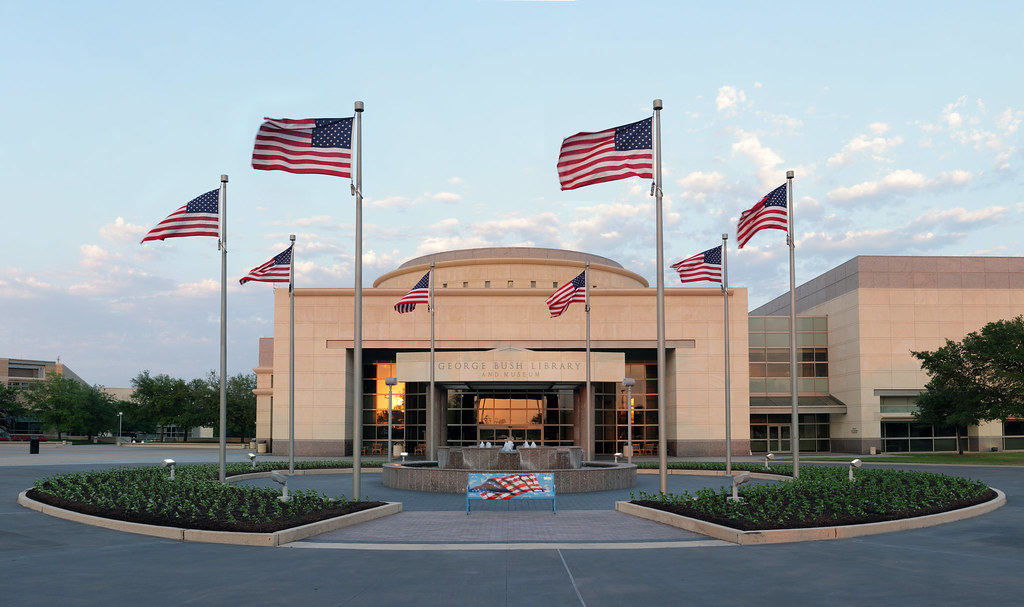
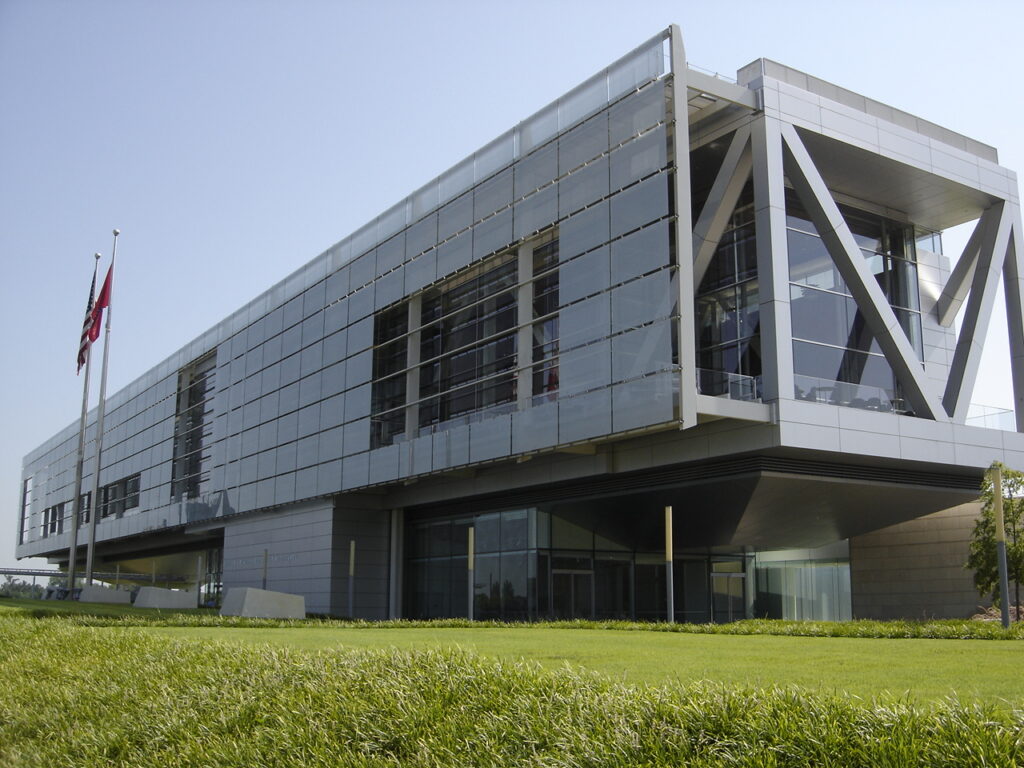
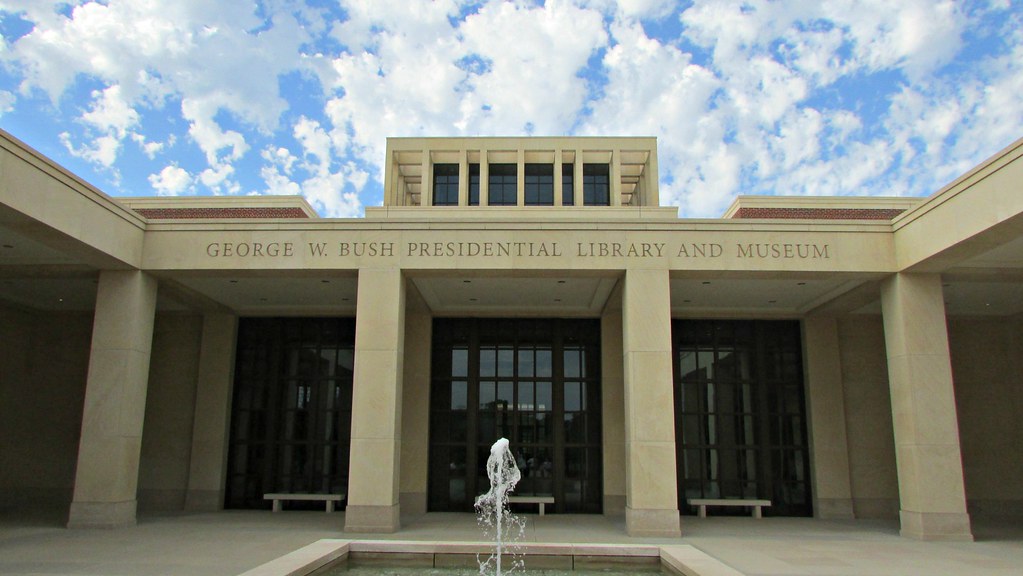
Discover more from Authors Alliance
Subscribe to get the latest posts sent to your email.
